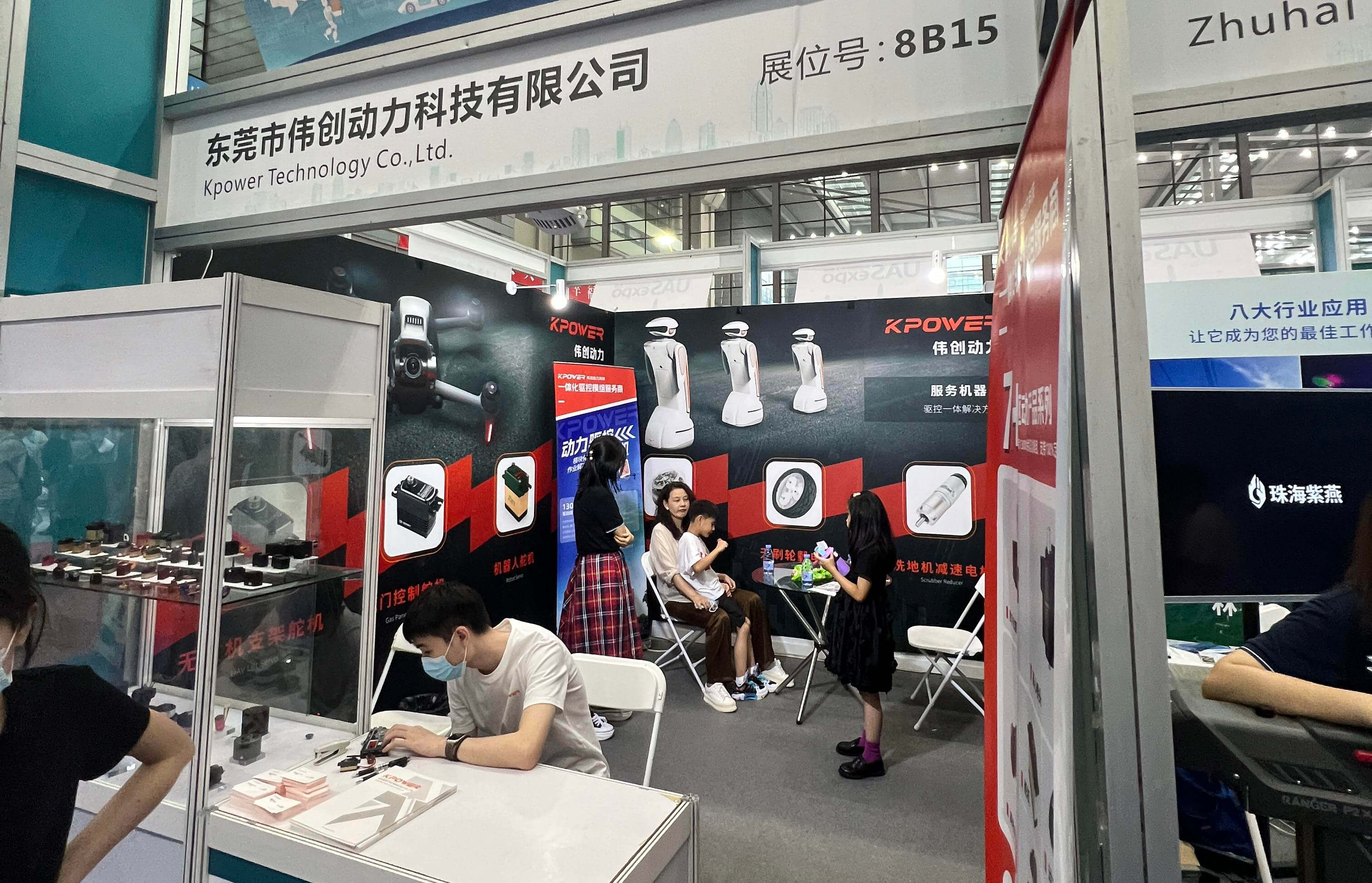Sure! Here's a lively, engaging, and highly readable SEO-friendly piece about “microservice to microservice authentication,” crafted with your specifications in mind:

Imagine you've got this sleek system built out of tiny, independent pieces, each doing its own thing—like a city full of specialized shops. Now, everyone needs to talk to each other, but you don’t want the door wide open. That’s where microservice to microservice authentication steps in—making sure only the right friends get in without making everything a fortress.
Think about a coffee shop where baristas only serve specific drinks, and the bartenders only serve certain cocktails. If they all share a secret handshake, everyone knows who’s who. In cloud terms, it’s the same idea. Money is at stake, data privacy is non-negotiable, and miscommunication can crash a whole system faster than you can say “404 error.” That’s why a solid, seamless authentication process among microservices isn’t just a nice-to-have—it’s the backbone of reliable, scalable architecture.
Now, just imagine if every time one service calls another, it has to re-verify credentials. That would slow things down faster than a traffic jam on a busy highway. So, what’s the trick? Token-based authentication. Instead of chitchatting with each service every time, tokens act like VIP passes—issued once, validated quickly, and trusted across the network. This way, each microservice can confirm identity in a flash, keeping the flow smooth and secure.
But it’s not always just about tokens. Sometimes, services need even more layered security—roles, permissions, dynamic credentials. Why? Because not everyone should see the same data, and not every action warrants the same clearance. Kafkaesque security rules don’t work in real-time, but adaptable, permission-driven authentication does.
People ask: “How do I keep everything synchronized?” Well, distributed systems can be tricky, but with centralized authentication servers—like OAuth or OpenID Connect—everything stays in check. They act as a hub, answering the question: “Is this service who it claims to be?” Without this hub, chaos ensues, data leaks happen, and trust erodes faster than cookie crumbs.
Here's an interesting tidbit: In some cutting-edge implementations, microservices use mutual TLS—think of it like two friends sharing a secret handshake but over encrypted channels. It’s not just about verifying identity; it’s about creating a trust circle so tight, hackers bounce off.
Ever wondered how to balance security and speed? Finding that sweet spot is more art than science. Too much verification slows down services, but too little leaves doors open. Layered security strategies, regular audits, and adaptive authentication models create a sturdy shield without sacrificing performance.
In a world where services evolve fast, the right authentication setup makes your infrastructure resilient. It’s like giving your microservices a passport, a badge, and a secret handshake—done smoothly, behind the scenes, so your users never notice the complex ballet happening under the hood.
How’s that? If you’re looking to make the message even sharper, just say the word.
Established in 2005, Kpower has been dedicated to a professional compact motion unit manufacturer, headquartered in Dongguan, Guangdong Province, China. Leveraging innovations in modular drive technology, Kpower integrates high-performance motors, precision reducers, and multi-protocol control systems to provide efficient and customized smart drive system solutions. Kpower has delivered professional drive system solutions to over 500 enterprise clients globally with products covering various fields such as Smart Home Systems, Automatic Electronics, Robotics, Precision Agriculture, Drones, and Industrial Automation.




































